I am now in prime wine country located a little out of the city of Montpellier, in an area known as Pic Saint-Loup. This area is part of Languedoc, which the circle of land surrounding the Mediterranean Sea, and the landscape is referred to as the garrigue. All the grape vines are very short in my opinion compared to what little experience I have with grapes here United States from Horticulture 101, but I am told this shortness of the plants is to prevent breakage from the intense winds. Our first stop was the Chateau de Lascaux, a 45 hectare vineyard that produces about 200 thousand bottles of wine each year. Lascaux means a limestone, stony soil and Pic refers to the hilly nature of the land which we were able to drive up and around on at the second winery l’Hortus.
The landscape is absolutely gorgeous and is an important way to add value to the product, as the imagery surrounding the vineyards is crucial in constructing the consumer’s perception of the wine. As pointed out by David Preston in a 2008 paper in The Journal of Wine Research, 40% more money is retained when the product is purchased on site.
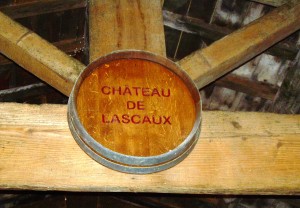
The owner of Chateau de Lascaux, Jean-Benoit Cavalier discussed the terroir of his vineyards by showing us soil samples(below), and detailing how it is important to use cultivation processes that work with your unique type of land. After spending this past fall semester taking soil science at Cornell, and focusing on the soils of upstate NY, it was definite culture shock to be introduced to this soil. 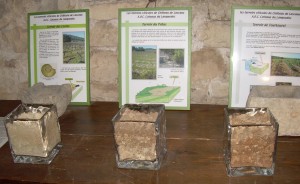 Anyway, mostly red grapes are grown-Syrah, Grenache, and Mourvedre, but there are also some Vermentino, Roussanne, and Marsanne. The barrels pictured below are oak of course. It was astounding for me to comprehend how old the operation is- the Chateau structure is from the 11th century. Below is a picture of an old press used in the winemaking process.
Anyway, mostly red grapes are grown-Syrah, Grenache, and Mourvedre, but there are also some Vermentino, Roussanne, and Marsanne. The barrels pictured below are oak of course. It was astounding for me to comprehend how old the operation is- the Chateau structure is from the 11th century. Below is a picture of an old press used in the winemaking process.
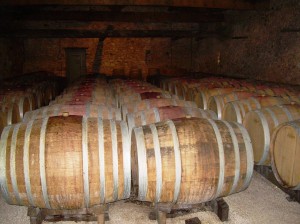
My favorite aspect of this tour, in addition to the gorgeous view that resulted from a perilous climb to the top of the Pic, was how the owner expressed his family’s dream to be able to return to a sustainable operation of producing both wine and sheep. Today, it is economically unfeasible to produce sheep for this region, and the growth of vegetation clearly mirrors this problem. His desire and the economic complications are very similar to the paper “Managing sustainable farmed landscape through ‘alternative’ food networks” that discusses the Adopt- A Sheep program, and how it is perhaps hard to revert back to traditional/ sustainable methods in today’s modern world-clearly this is problematic in the U.S. as well, but so far in France, everyone seems more proactive and willing to seek out the lost connection to food…
I’m off to connect with macaroons,but will discuss next time the researcher’s point of view, as we meet next with professor Lucie Siriex to learn about the new dynamics of consumers’ preferences.
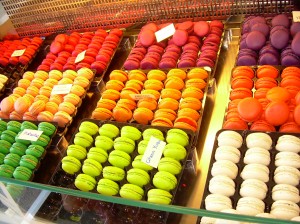
Dessert!

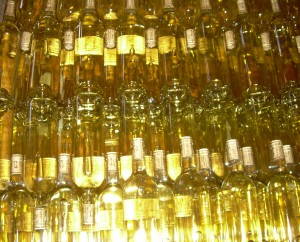
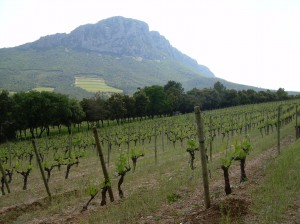
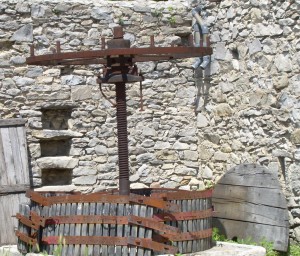
Speak Your Mind